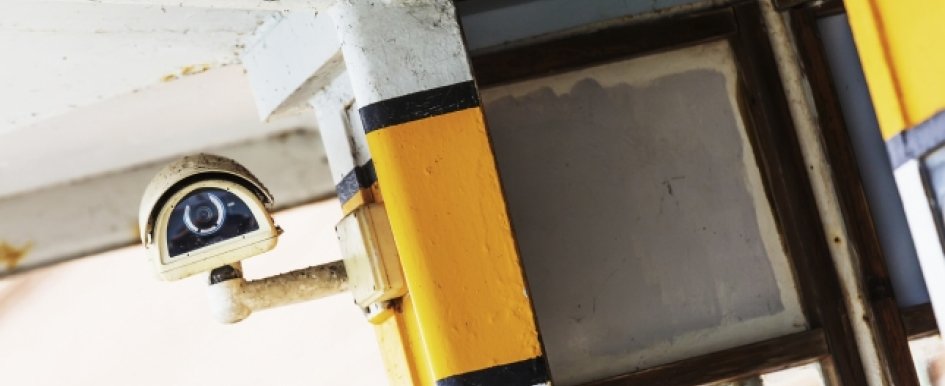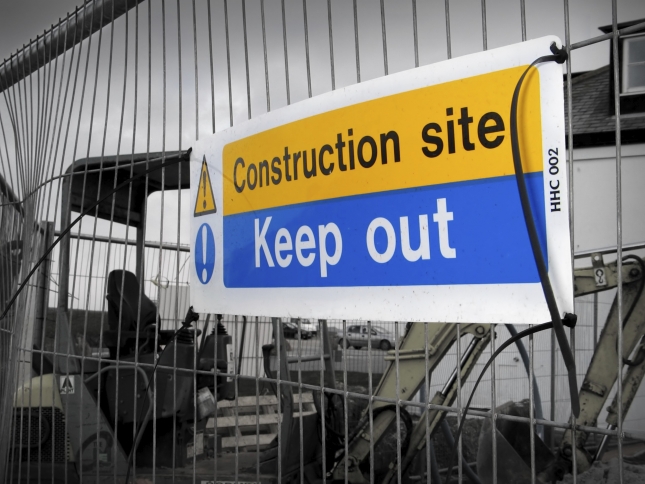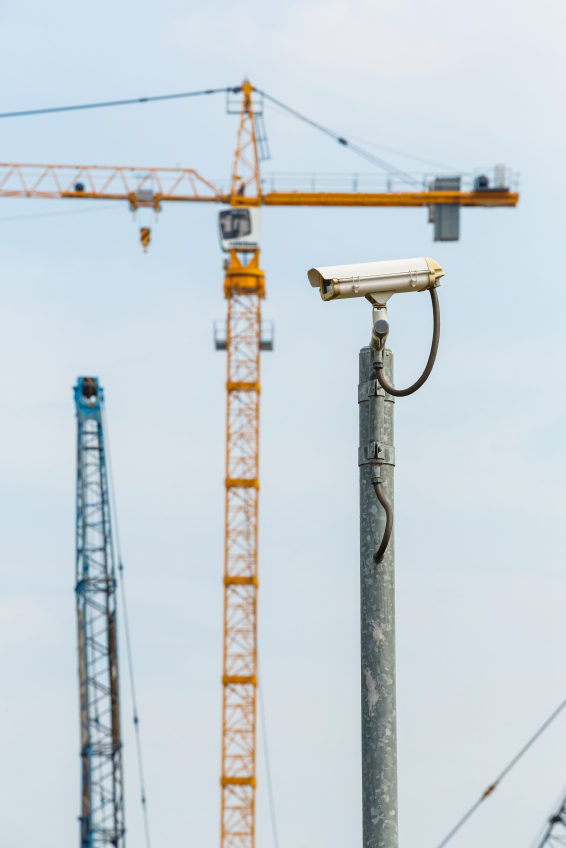
For many construction site owners, the number one reason to invest in jobsite surveillance equipment is to reduce the risk of vandalism and prevent theft. In fact, market demand for surveillance equipment is anticipated to grow to $127.6 billion before the end of the decade. But once the security cameras are in place, some savvy contractors have discovered a secondary use for this technology that is helping take business opportunities from low tech to high tech: using this equipment to increase communication with your stakeholders.
By incorporating surveillance technologies into all phases of your construction process, including site updates, customer service and marketing efforts, your project’s workflow becomes more seamless, which improves time efficiencies while simultaneously keeping costs in check.
View and Communicate Events
The most effective way to capture a perpetrator on a construction jobsite after normal working hours is to catch them while they are still onsite. The only way to do this is by receiving live images on any mobile device, sent as a text message, which can confirm the presence of perpetrator and gives you the ability to immediately call the authorities, if needed.
Using your jobsite surveillance equipment for two-way communications between you and your key stakeholders is very similar. Pictures are sent via text or email from your security camera’s software need to be available 24/7 to add real value. Your stakeholders can review these live images or utilize the user interface to:
• Alter picture acquisition settings
• View all pictures by date and time
• Send pictures to multiple email accounts and phone numbers
• Place text and draw on pictures
• Overlay two pictures for detail comparison
• Create and edit time-lapse videos
• View time-lapse video archives
• Archive and delete photos
Another feature that helps increase visibility on a jobsite is a security camera’s night vision capabilities. The security cameras utilize infrared lighting to create a high definition black and white picture. The infrared light is invisible to the human eye but will produce a picture of the current night activities in the camera viewing area.

Camera snippet codes are also a great way to increase visibility into your construction sites, as well as to advertise your company’s projects and capabilities. Each camera equipped with a snippet code is able to produce a hyperlink from the camera’s live feed to be used on your company’s website or social media platforms. This fully interactive capability enables you to offer live demos of your work, as well as see real-time progress on your jobsites.
This code also increases your search rankings on platforms like Google, because every time a new photo is uploaded via the snippet code, Google’s algorithms recognize that a change has been made to your site. This machine-to-machine interaction gives you “points” for the constant updates, and the more points you achieve, the better your company’s search results will be in Google. From an end-user perspective, the higher you rank in their search results, the more valuable you become as a potential business partner.
Track Jobsite Conditions
Jobsite security cameras are also great tools for saving your construction company money by reducing the number of inefficient physical visits, as well as streamlining the construction process by reducing much of the manual documentation, such as taking pictures and notating important site details. The camera and security system technology you’ve already invested in can do it for you. Some construction camera software will automatically update the cloud-based servers with current pictures of the construction site based on the automated picture scheduler or motion activation.
This feature enables you, using your construction site webcam, to view the latest conditions to verify that it is in a good condition to perform work to keep progress moving forward. This access to the jobsite allows your site stakeholders to plan their daily schedule more effectively. Instead of getting in a truck and driving to a jobsite, a mobile phone app connected to your surveillance equipment software can be used as an informational tool. A current picture from the construction camera will also tell you if it is raining, snowing, flooded or muddy onsite. It can even let you know if the site is simply packed with too many vehicles to allow for a large material delivery.
By using your jobsite surveillance technology to track jobsite conditions, your phone can be used to effectively schedule the subcontractors or material deliveries more efficiently.

Update Customers and Investors
Customers always want to be updated on what is happening with their construction project. Using your jobsite security camera, you reduce the numbers of calls by letting them check out the work progress for themselves via their own customized login. They will be able to view their new custom home or commercial building whenever and wherever they want.
“Many of our clients live out of state so visiting their project site in person isn’t always possible, and in the past I had rely on my team to email pictures and send updates on the progress, which is a low priority when the crew is working to keep deadlines and stay on budget,” says Eye Trax customer Jeff Crampton of Schulz & Associates.
Similarly, investors on construction projects also need the peace of mind that their money is being spent effectively and the project is running on time and on budget. Giving investors and customers the ability to log into a web-based user interface to see the project progress live eases concerns without them having to make a phone call or send an email.
Using your surveillance equipment as a marketing and customer service tool can become a major selling point for your company as you grow your business. Because these types of systems can allow produce weekly videos of the progress and email them to customers and investors, you are providing real-time information to your key stakeholders without having to say a word. This allows you and your crew more time to focus on the project and less time documenting and communicating progress.
